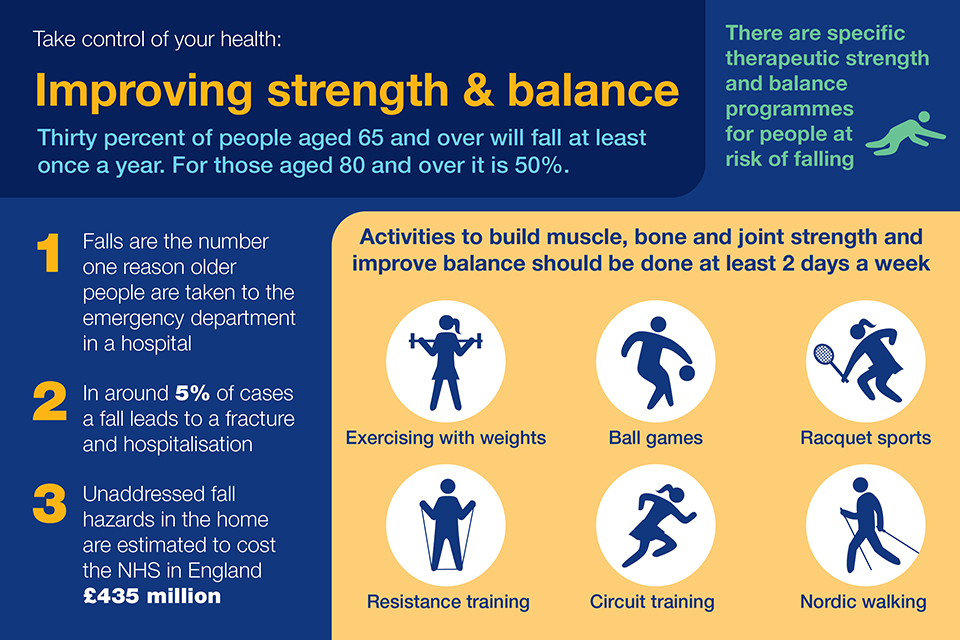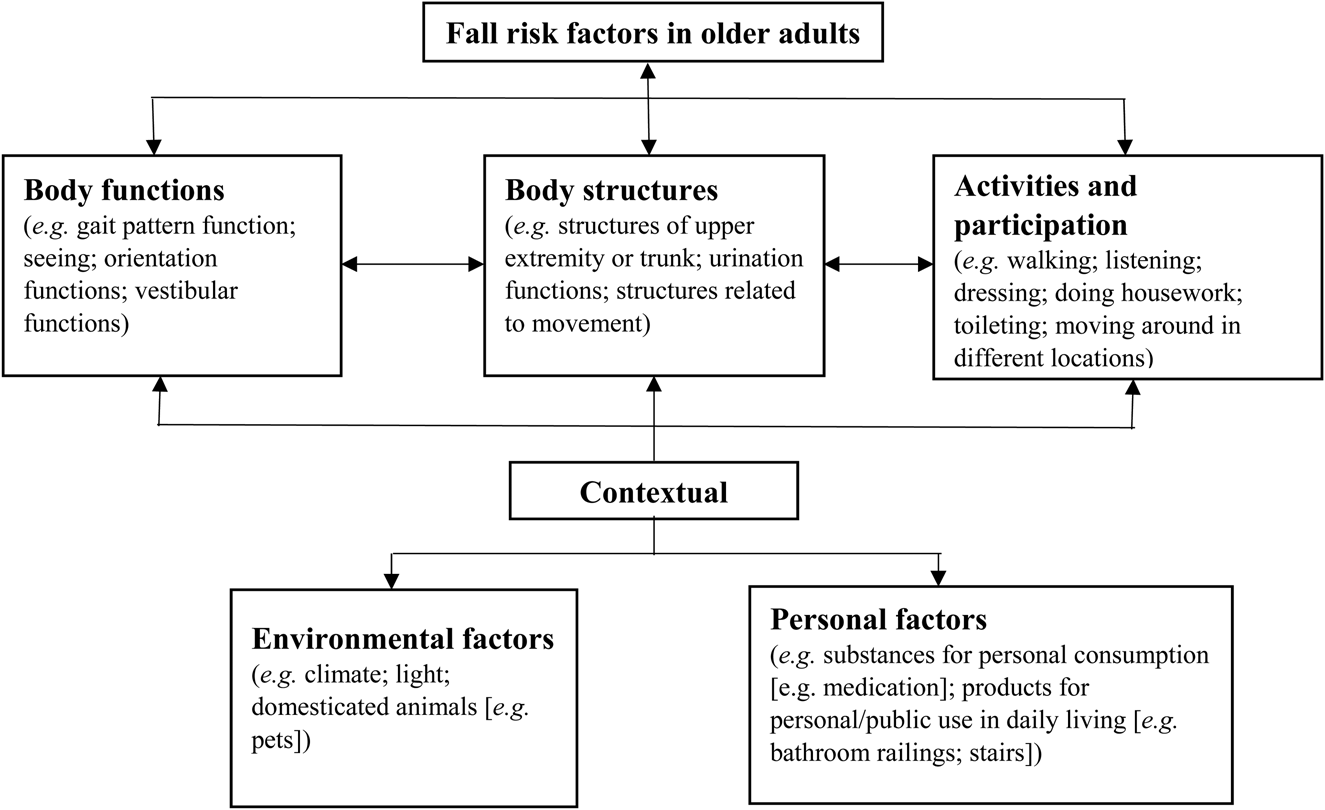The Greatest Guide To Dementia Fall Risk
Table of Contents3 Easy Facts About Dementia Fall Risk Shown7 Simple Techniques For Dementia Fall RiskThe Definitive Guide to Dementia Fall RiskHow Dementia Fall Risk can Save You Time, Stress, and Money.
An autumn threat evaluation checks to see just how most likely it is that you will fall. It is mainly provided for older adults. The assessment generally consists of: This includes a collection of inquiries about your overall health and wellness and if you have actually had previous falls or issues with equilibrium, standing, and/or walking. These tools check your toughness, equilibrium, and gait (the way you walk).Interventions are referrals that may lower your danger of falling. STEADI consists of 3 steps: you for your threat of falling for your risk variables that can be enhanced to try to protect against falls (for example, equilibrium problems, damaged vision) to lower your threat of falling by using reliable techniques (for instance, offering education and sources), you may be asked a number of concerns including: Have you fallen in the past year? Are you fretted regarding falling?
If it takes you 12 seconds or even more, it may suggest you are at higher risk for a fall. This test checks stamina and balance.
Move one foot midway forward, so the instep is touching the large toe of your other foot. Relocate one foot completely in front of the other, so the toes are touching the heel of your various other foot.
Dementia Fall Risk Fundamentals Explained
A lot of falls occur as an outcome of numerous contributing elements; for that reason, handling the risk of dropping starts with identifying the factors that add to drop danger - Dementia Fall Risk. Some of one of the most pertinent danger factors include: History of prior fallsChronic clinical conditionsAcute illnessImpaired gait and balance, reduced extremity weaknessCognitive impairmentChanges in visionCertain high-risk medicines and polypharmacyEnvironmental elements can likewise increase the threat for falls, including: Poor lightingUneven or damaged flooringWet or unsafe floorsMissing or damaged hand rails and get barsDamaged or improperly equipped equipment, such as beds, mobility devices, or walkersImproper use of assistive devicesInadequate guidance of the people staying in the NF, including those who show aggressive behaviorsA effective fall threat administration program calls for a thorough professional evaluation, with input from all participants of the interdisciplinary team

The treatment strategy must also include treatments that are system-based, such as those that promote a secure atmosphere (ideal lighting, hand rails, grab bars, etc). The effectiveness of the interventions need to be assessed occasionally, and the care plan changed as required to show changes in the autumn threat assessment. Carrying out an autumn threat management system utilizing evidence-based ideal practice can minimize the frequency of drops in the NF, while limiting the capacity for fall-related injuries.
Dementia Fall Risk for Beginners
The AGS/BGS standard suggests evaluating all grownups aged 65 years and older for autumn danger every year. This testing includes asking individuals whether they have actually fallen 2 or more times in the past year or sought clinical interest for an autumn, or, if they have actually not fallen, whether they feel unsteady when walking.
Individuals that have dropped when without injury ought to have their equilibrium and stride examined; those with stride or equilibrium abnormalities ought to receive extra assessment. A background of 1 loss without injury and without stride or equilibrium issues does not require further assessment past continued annual loss danger screening. Dementia Fall Risk. A fall threat analysis is needed as part of the Welcome to Medicare exam

Indicators on Dementia Fall Risk You Need To Know
Documenting a drops history is among the quality signs for fall prevention and monitoring. An important part of danger analysis is a medicine evaluation. Numerous courses of medications enhance loss danger (Table 2). copyright medications particularly are independent forecasters of drops. These medications have a tendency to be sedating, modify the sensorium, and harm balance and gait.
Postural Look At This hypotension can usually be alleviated by minimizing the dose of blood pressurelowering drugs and/or quiting drugs that have orthostatic hypotension as a negative effects. Use of above-the-knee support hose pipe and sleeping with the head of the bed raised may likewise decrease postural reductions in high blood pressure. The advisable components of a fall-focused checkup are revealed in Box 1.

A Pull time greater than or equivalent to 12 seconds recommends high autumn risk. Being incapable to stand up from a chair of knee height without making use of one's arms suggests increased autumn risk.